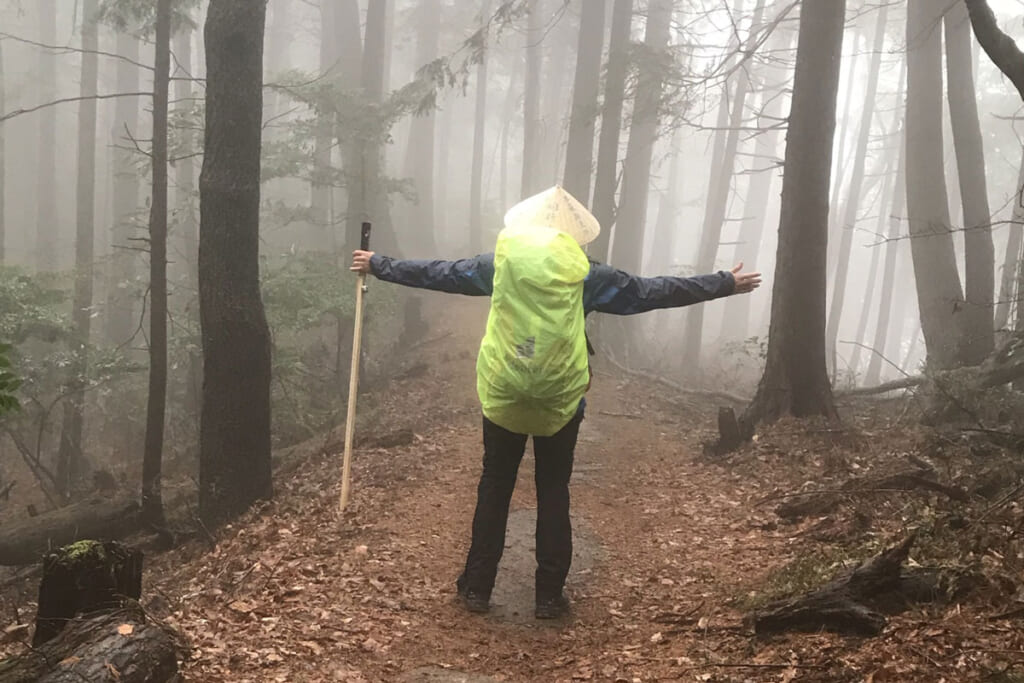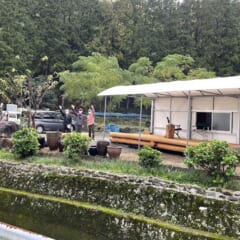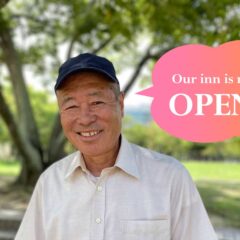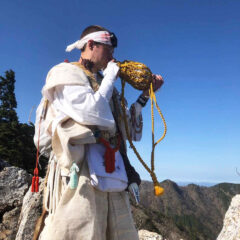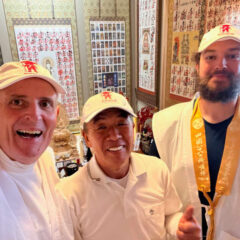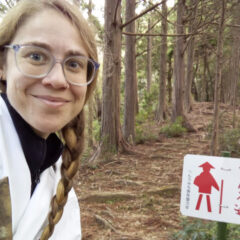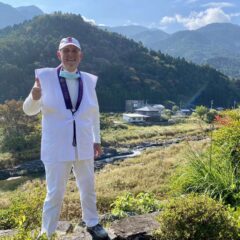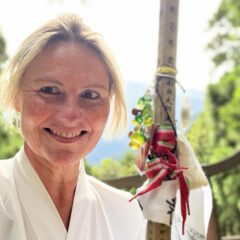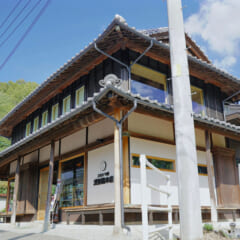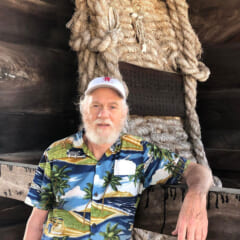My Shikoku Journey (13) by Patrick Puech,France
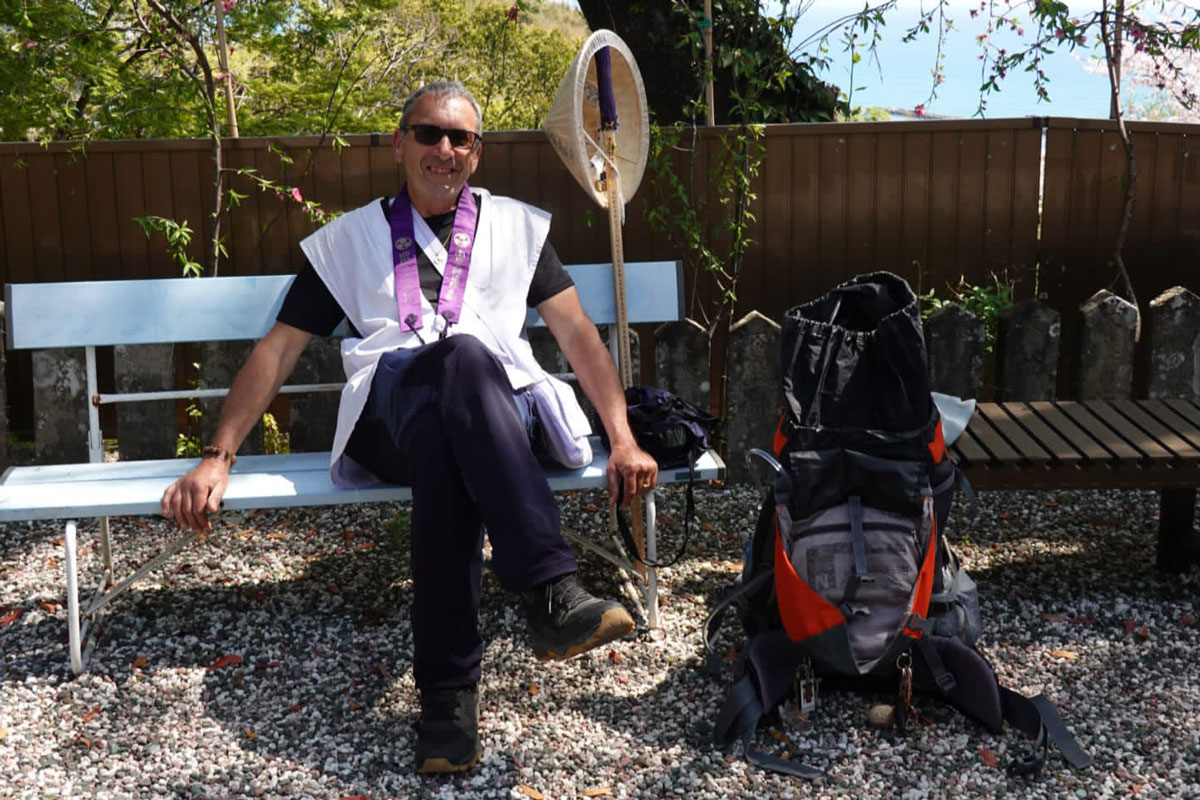
![]() Patrick Puech
Patrick Puech ![]() Complete Shikoku Pilgrimage
Complete Shikoku Pilgrimage
It’s already four years since I began my first 88-temple pilgrimage to Shikoku in Japan. It challenged me to the point of viscerally wanting to return the following year to experience it differently.
I didn’t go in search of a hidden treasure. My quest, if there is such a thing, is limited to a journey on foot around an island, visiting 88 Shinto temples along the way. It sounds so simple, so easy, and yet it’s not.
The preparation is like organizing a simple trip, with the help of a geographical guide and a lot of research on this pilgrimage. My active walking and my many hikes allow me to project myself onto this unknown and distant island. But I’m not forgetting that this pilgrimage is a loop, not a straight line as I’m used to. But not everything is so simple and Cartesian.
I quickly discovered the known benefits of my past walks, but not only that. And that’s where it all changed. Without really looking for it, I found myself capsized despite myself in each of the four phases of this mystical loop (Awakening, Asceticism, Enlightenment and Nirvana) which can become infinite.
I felt my awakening to Buddhism and my devotion to Kûkai very deeply during the first 10 days, which correspond exactly to the Awakening phase. I visited the first 23 temples like a child discovering a new attraction, but without really giving them the attention they deserved. My second pilgrimage enabled me to appreciate them for what they are.
I soon felt the need, here more than anywhere else, to walk alone and in silence. For me, this silence refers to the silence of the Cistercian monks. It’s a spiritual practice advocated by almost all religious traditions to facilitate an approach to divinity or to achieve high levels of spiritual purity.
Silence is also happily imposed on me by my ignorance of the Japanese language and my primitive English. I’ll make it an asset. I relish this silence, which nourishes my solitude and allows me to come face to face with myself. I’m astonished to welcome it with such devotion.
I had no difficulty whatsoever with the unknown and the distance. As soon as I set foot on Japanese soil, I felt free of all my travel anxieties. Immediately I let myself be enveloped by a gentle feeling of security, which would not leave me again during each step.
As my journey progressed, I was able to apprehend unknown sensations such as interiority and self-denial, until I reached my unknown: the spiritual path that I’d never come across on any other path before.
I discovered and practiced active meditation on several occasions: a happy encounter where I “really” felt my feet detach from the ground on several occasions, to the point of not being tired after more than 30 km and sometimes harsh weather conditions. When we walk, we remember that we have a body that speaks to us, like the knee injury I suffered shortly after starting my first pilgrimage, which almost compromised my progress. In a similar situation on another path, I’d have stopped there. Here, Kûkai probably intervened to allow me to continue. I’m convinced of it. Kobo Daishi’s presence is permanent, unreal but almost palpable. I enjoy this journey, letting myself be lifted by these mystical states of being.
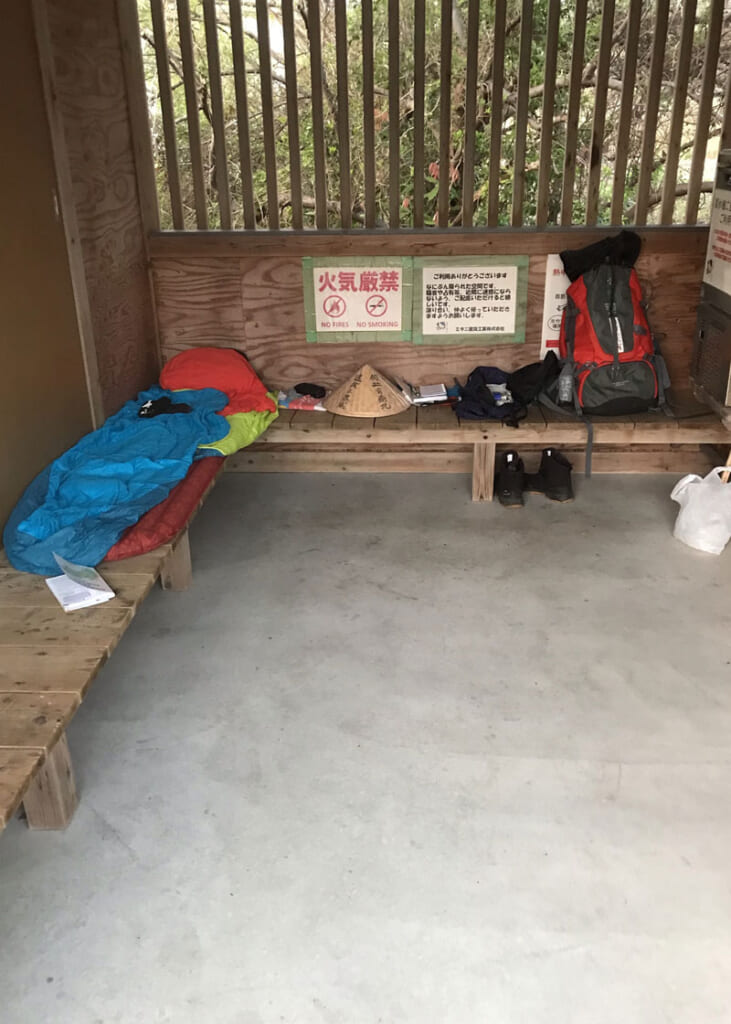
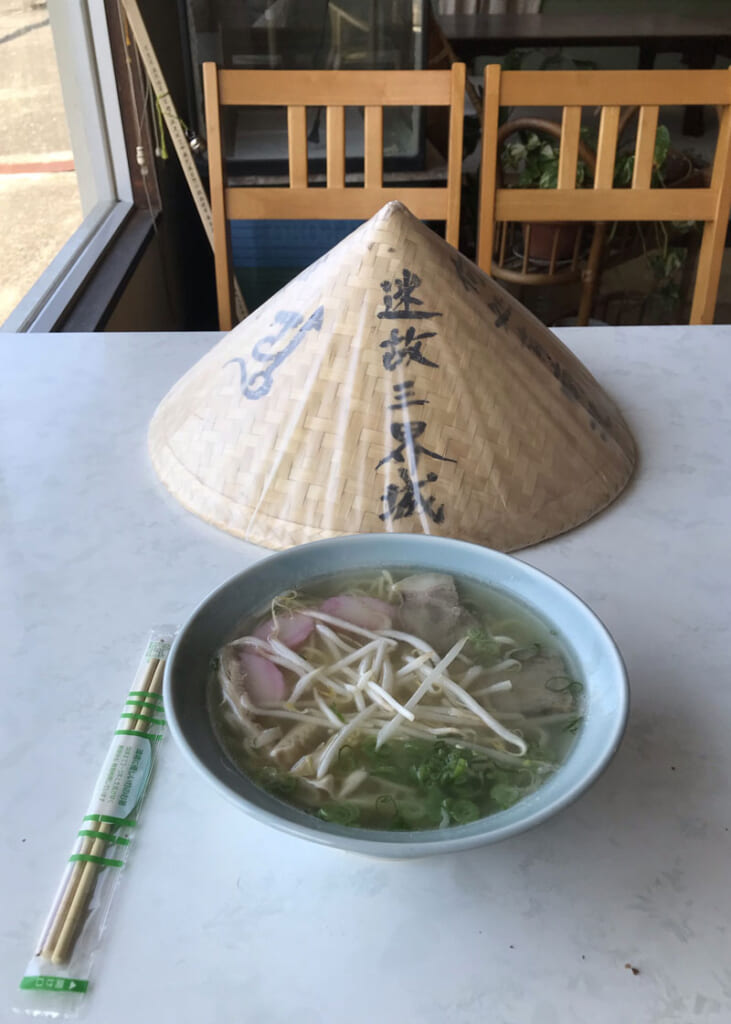
The experience of long-distance walking brings both pleasures and discoveries, including spiritual ones, in a quest that appeals as much to the body’s senses as to the mind’s intelligence. It is conducive to letting go, placing me in a second state ready to give and receive. I’ve learned to be grateful and to trust in life and in others through encounters with other pilgrims. Taking care of others, before thinking of oneself, allows me to receive in abundance without having asked for anything. I’m learning all this, step by step, on my way to Nirvana. As Charles Wright says, “to walk is to return to the nakedness of things. The road is a school of stripping down”.
I now know that this path is a way of learning to self-denial in order to gain better access to others. It’s also a remedy against the cult of instantaneity and the obsession with time imposed by today’s society, which have no place in the search for plenitude, silence, security and freedom. This “cherished” freedom that we think is inaccessible, perhaps even frightening. Yet this inner journey has enabled me to tame it.
You can’t “visit” these 88 temples with impunity; they leave indelible marks on me that I’ll never forget. I’m firmly convinced that Kobo Daishi himself has kept a part of my spirit with him. A part of me has remained in Shikoku, and I’m very honored and happy about that. I know now that I won’t get out of the loop.
Walk, walk, walk some more and don’t stop. Perhaps that’s the beginning of the answer to the direction of my next projects.
